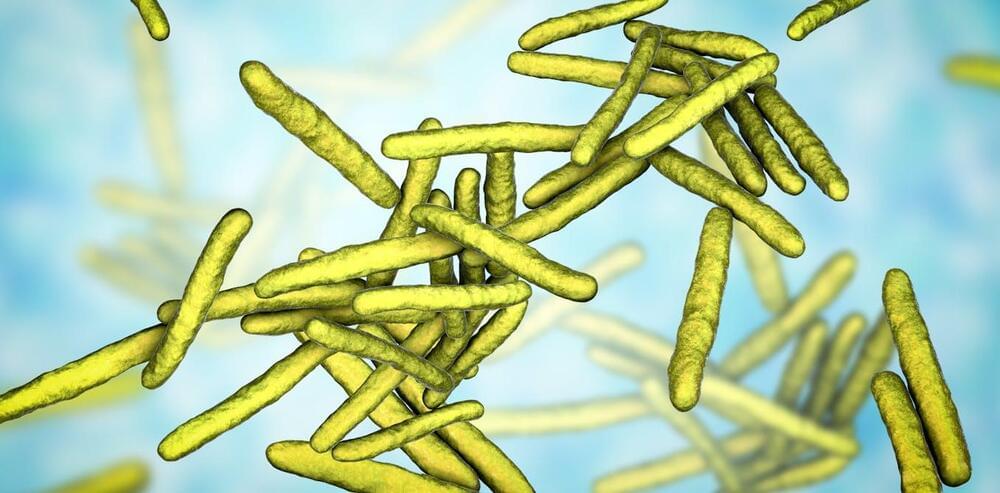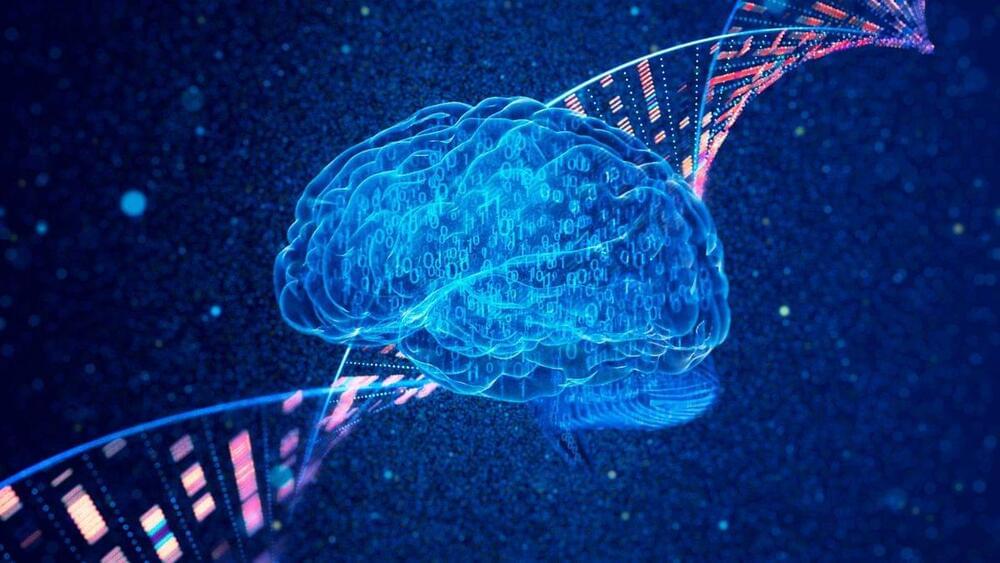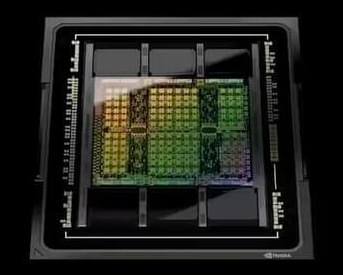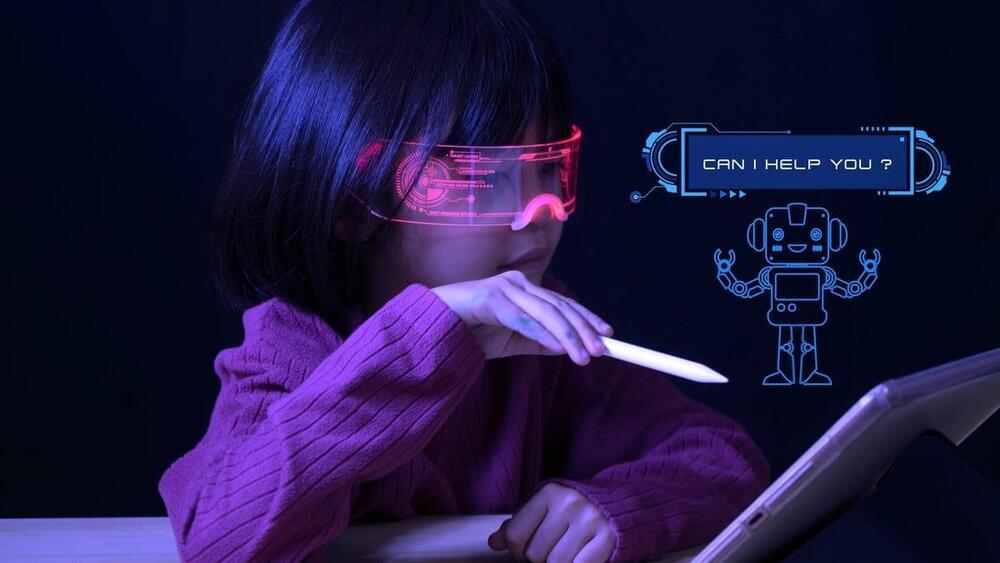The calculation, which took around 75 days to complete, was carried out with 36 of the company’s proprietary solid-state drives (SSDs) — a storage medium fitted into many of the newest laptops — that stored altogether around 1 petabyte (1 million gigabytes) of data.
Processors are also needed to perform the number-crunching — with more powerful components reducing the time it takes to perform the necessary calculations. However, reliable and large-capacity storage is arguably more important because you need to store a massive amount of data in such a process.
The achievement “was no small feat,” Solidigm owner Brian Beeler said in the statement. “It involved meticulous planning, optimization, and execution.”









